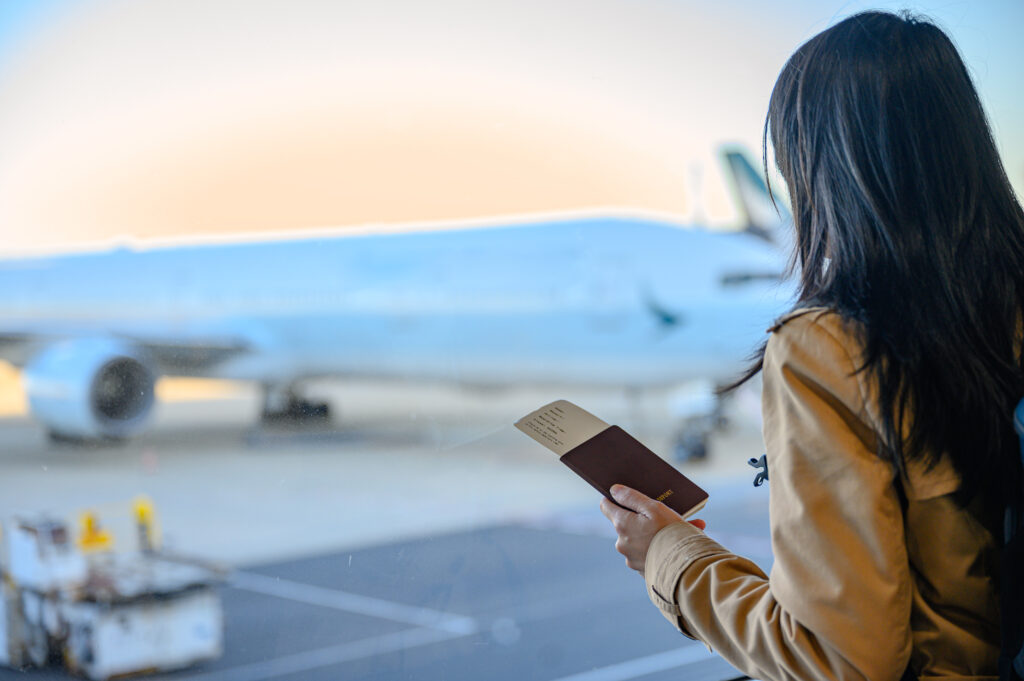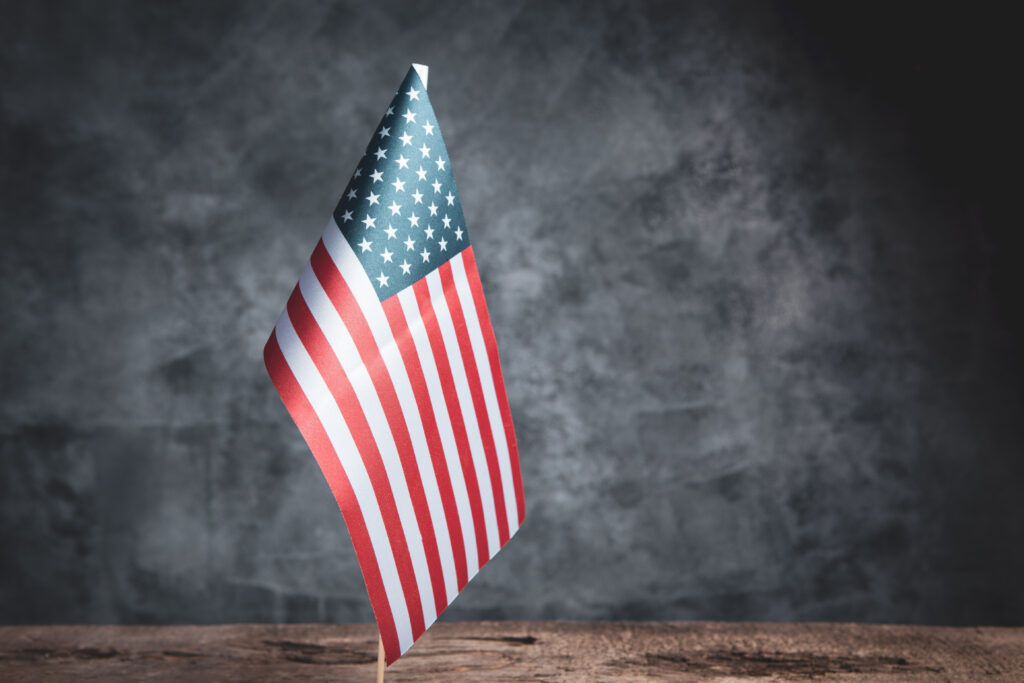Choosing the Right Path: Academic vs. Vocational Studies
Dreaming of studying in the United States? Understanding the different student visa options is the first crucial step. The U.S. offers two primary nonimmigrant visa categories for students: the F-1 visa for academic studies and the M-1 visa for vocational or non-academic studies. While both allow foreign nationals to pursue education in the U.S., they have distinct requirements, limitations, and benefits regarding the type of institution, course load, duration of stay, and employment options. Choosing the correct visa category based on your intended program is essential for a successful educational journey. This article highlights five key differences between the F-1 and M-1 student visas.
1. Type of Institution and Program: Academic (F-1) vs. Vocational (M-1)
The fundamental difference lies in the type of program you intend to pursue: * F-1 Visa: Designed for students enrolling in academic programs at universities, colleges, high schools, private elementary schools, seminaries, conservatories, or other academic institutions, including language training programs. The primary purpose is academic study leading towards a degree or certificate. * M-1 Visa: Intended for students enrolling in vocational or other recognized non-academic programs (excluding language training). This includes technical courses, trade schools, cooking schools, cosmetology programs, flight training, etc. The focus is on gaining practical skills for a specific occupation. You must be accepted by a school certified by the Student and Exchange Visitor Program (SEVP) to issue Form I-20, “Certificate of Eligibility for Nonimmigrant Student Status,” for the appropriate visa category (F-1 or M-1). Check the Study in the States school search page for SEVP-certified institutions.
2. Duration of Stay and Program Length
F-1 and M-1 students have different rules regarding how long they can stay in the U.S.: * F-1 Visa: Students are typically admitted for “Duration of Status” (D/S). This means they can remain in the U.S. as long as they maintain a full course of study, comply with visa regulations, and have a valid Form I-20. They also have a 60-day grace period after program completion to depart the U.S., transfer schools, or apply for post-completion Optional Practical Training (OPT). * M-1 Visa: Students are admitted for the time necessary to complete their course of study as indicated on Form I-20, plus any authorized practical training, not to exceed one year total (unless extensions are granted for compelling medical reasons). They have a 30-day grace period after program completion. M-1 stays are generally much shorter and more fixed than F-1 stays.

3. Course Load and Study Requirements
Both visa types require students to pursue a full course of study, but the definition differs:
* F-1 Visa: A full course load is defined by the school for its specific academic program (e.g., 12 credit hours for undergraduates, specific hours for graduate students or language programs). Limited exceptions for reduced course loads may be possible with authorization from the Designated School Official (DSO) for specific academic or medical reasons.
* M-1 Visa: A full course load typically involves at least 18 clock hours per week if primarily classroom-based, or 22 clock hours if primarily shop/lab-based, or specific credit hour requirements for community/junior colleges. M-1 students generally cannot reduce their course load. Maintaining a full course of study is essential for preserving visa status for both F-1 and M-1 students.
4. Employment and Practical Training Options
Work authorization rules differ significantly:
* F-1 Visa: Offers more flexible employment options:
* On-Campus Employment: Generally permitted part-time (up to 20 hrs/week) during school sessions, full-time during breaks, incident to status.
* Curricular Practical Training (CPT): Work authorization for internships or practical experience required by the curriculum, authorized by the DSO.
* Optional Practical Training (OPT): Temporary employment (up to 12 months, with potential 24-month STEM extension) directly related to the major field of study, authorized by USCIS. Can be done pre-completion or post-completion.
* Economic Hardship: Off-campus work authorization possible in specific unforeseen circumstances, requires USCIS approval.
* M-1 Visa: Employment options are much more restricted:
* Practical Training: Only permitted after completion of the vocational program. Must be directly related to the field of study. Maximum duration is 1 month of training for every 4 months of study, not exceeding 6 months total. Requires authorization from the DSO and USCIS (via EAD).
* No on-campus work (unless part of the program), no CPT, no economic hardship employment. Details on student employment are available on the USCIS Students and Employment page.

5. Changing Programs or Schools
Flexibility in changing educational plans also varies:
* F-1 Visa: Students generally have more flexibility to change majors, transfer between SEVP-certified schools, or pursue higher levels of education (e.g., Bachelor’s to Master’s) by following specific notification and transfer procedures with their DSO and maintaining status.
* M-1 Visa: Students are generally not permitted to change their course of study or transfer schools after the first six months of their program, except under very limited circumstances with USCIS approval.
They also cannot change to F-1 status while in the U.S. This lack of flexibility makes choosing the correct vocational program and institution from the outset particularly important for M-1 students. Need guidance on choosing the right visa? Schedule your consultation with D’Alessio Law Group today and receive a $100 discount!

Choosing between an F-1 and M-1 visa depends entirely on your educational goals – academic or vocational. F-1 visas offer longer stays, more flexibility in program changes, and broader employment/practical training options (CPT, OPT), suited for traditional academic paths. M-1 visas are for shorter, specific vocational training programs with stricter limits on duration, program changes, and work authorization (post-completion practical training only).
Understanding these key differences ensures you apply for the correct visa and comply with its specific regulations throughout your studies in the U.S. Ready to start your U.S. study journey? Book a consultation with D’Alessio Law Group now and get $100 off!
Need a more detailed comparison? Download our comprehensive E-book: “Study Pathways: Your Essential F-1 vs. M-1 Pre-Requirement Guide”



